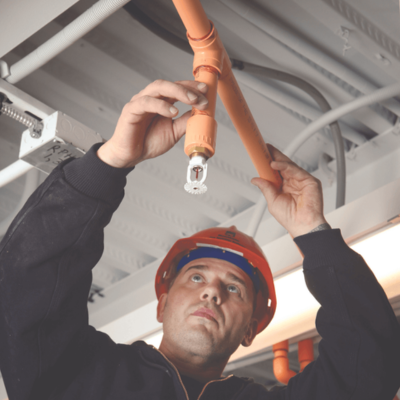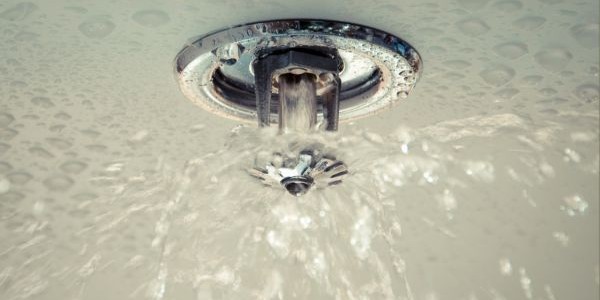BS 9251- The British Standard of Safety
-
BS 9251 sets the bar for fire sprinkler system standards in residential buildings.
-
BS 9251 is designed to guide architects, engineers, and installers in creating effective fire safety systems using best practices.
-
While not law, BS 9251 is crucial for meeting modern construction regulations and ensuring fire safety in residential constructions.
BlazeMaster® Fire Protection Systems is committed to maintaining the highest standards in engineering and installation by adhering to pivotal codes of practice such as BS 9251. This code is fundamental not only to our success but also to the efficacy of fire safety professionals and the communities they protect.
Understanding BS 9251
BS 9251 represents a comprehensive code of practice that was first introduced in 2014 by an esteemed committee including members from the British Automatic Fire Sprinkler Association (BAFSA), Building Research Establishment (BRE), Fire Rescue Service, among others. It serves as a meticulous guide for the design, installation, and maintenance of fire sprinkler systems across domestic and residential environments, promising enhanced fire safety protocols that architects can integrate into every new building project.

As fire safety methods evolve and public demand for higher safety standards increases, the ongoing review of BS 9251 ensures that it remains relevant and effective in promoting superior fire safety practices within the construction industry.
Who Benefits from BS 9251?
BS9251 is a fundamental resource for a broad range of professionals including architects, system designers, engineers, surveyors, contractors, and installers. It provides essential guidance that helps these stakeholders ensure their fire safety measures align with the latest regulatory expectations and best practices.
The Role of BS 9251 in Fire Safety
Although BS 9251 is not legally binding, it plays a crucial role in setting the expected standards for safety in modern construction projects. It outlines detailed parameters for designing robust fire sprinkler systems, including aspects such as discharge density, number of sprinkler heads, duration of water supply, and more.
Installation guidelines detailed in BS 9251 stress the importance of using accredited professionals for both the design and implementation of sprinkler systems. It sets forth comprehensive testing procedures including leakage tests, hydraulic tests, and alarm tests to ensure each system is up to par before being fully integrated.
Moreover, BS 9251 underscores the necessity of regular maintenance checks. These include annual inspections and tests to verify systems are operational and effective, a key step in proactively protecting residents against fire threats.
BS 9251 As A Roadmap to Safety
BlazeMaster Fire Protection Systems embraces BS 9251 not only as a benchmark for quality but as an indispensable tool for fostering safety in residential settings. By guiding the integration of fire safety systems from the ground up, BS 9251 ensures that residential properties are equipped to handle emergencies with reduced risks and enhanced efficiency.

As part of our commitment to spreading best practices in fire safety, we have introduced The Orange Book. This guide is an invaluable resource for anyone looking to understand and apply the standards, codes, and practices that BlazeMaster CPVCendorses to secure residential environments.
Download your copy here to gain insights into using BS 9251 effectively in your next fire safety project.
TRUSTED PERFORMANCE
FOR LIFE
Partner with BlazeMaster® Fire Protection Systems, the most specified nonmetallic fire sprinkler systems in the world, offering easy installation, inherent corrosion resistance and excellent flame and smoke characteristics.
TRUSTED PERFORMANCE
FOR LIFE
Partner with BlazeMaster® Fire Protection Systems, the most specified nonmetallic fire sprinkler systems in the world, offering easy installation, inherent corrosion resistance and excellent flame and smoke characteristics.

